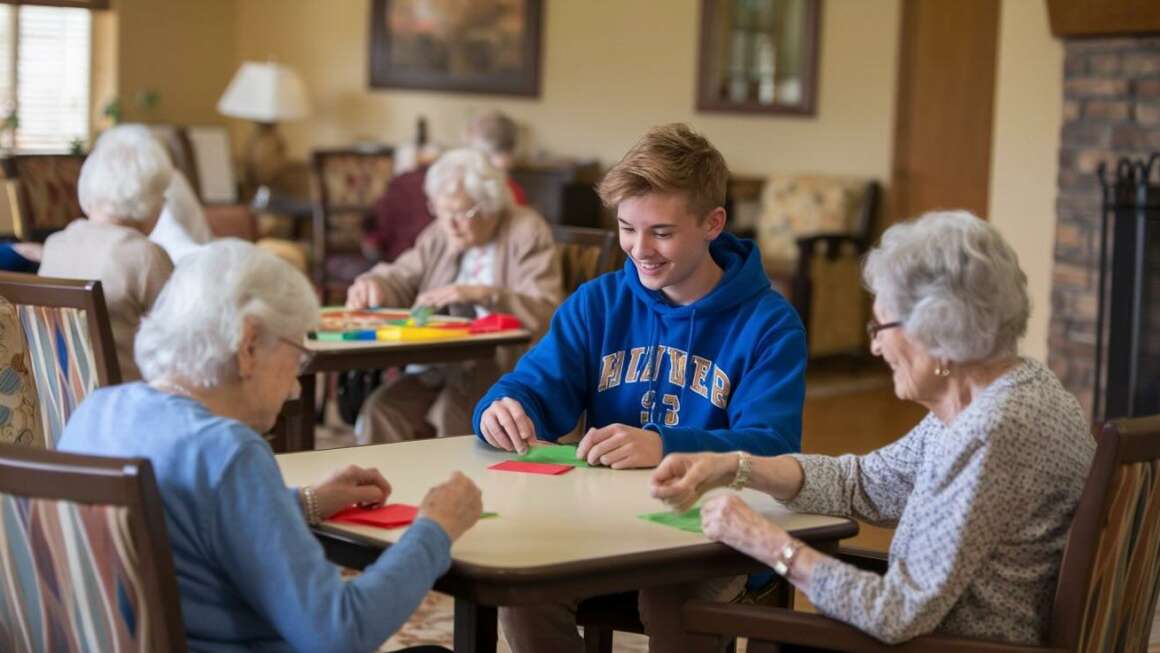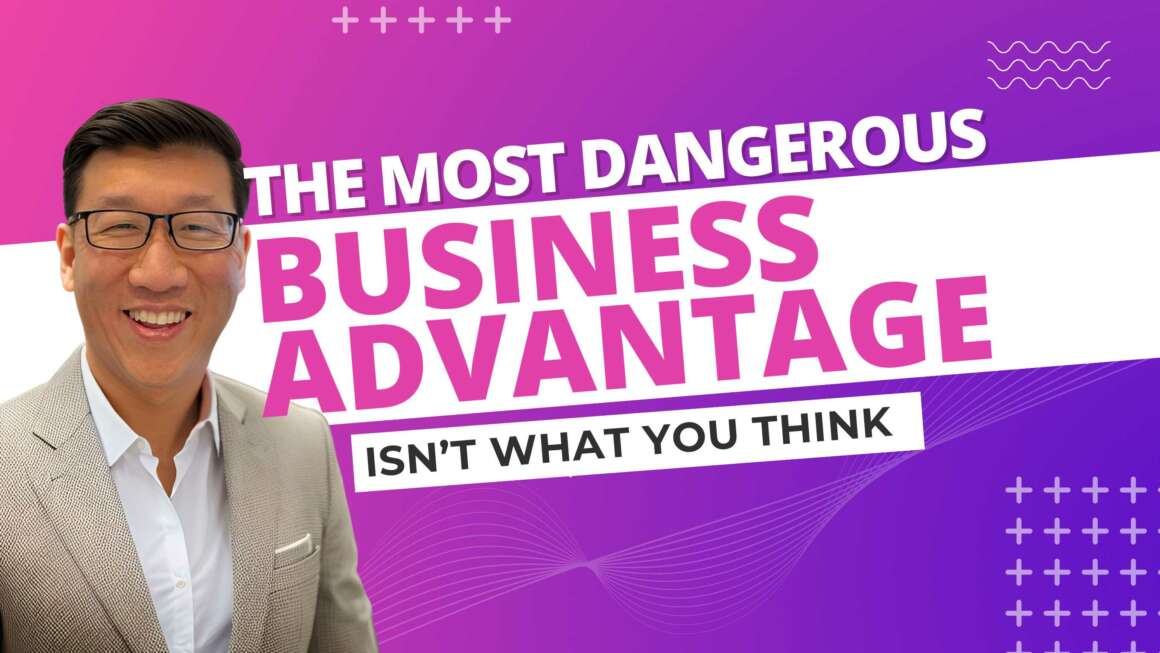I don’t know of a single pastor or church leader who doesn’t want more active participation by high school students throughout the year — beyond just Sunday attendance. Today I want to lay out a fool-proof plan to attract, engage, and support youth in the zip codes surrounding your church — while at the same time helping community members consistently all year long.
How do you ask?
Have you noticed that in recent years, high schools have increasingly incorporated volunteer service requirements into their graduation criteria? This trend reflects a growing recognition of the importance of community involvement and civic responsibility in shaping well-rounded, socially conscious citizens. Many schools now mandate anywhere from 20 to 100 hours of community service over a student’s four-year high school career, with some states even implementing statewide requirements.
As these service hour requirements become more prevalent, students actively seek meaningful ways to fulfill their obligations.
However, the motivations behind student volunteerism extend far beyond mere compliance with school mandates. In today’s digital age, where social media dominates much of their free time, many young people look for opportunities to connect with others in real-world settings and make tangible differences in their communities.
The President’s Volunteer Service Award (PVSA) is a prestigious recognition program that honors individuals with exceptional commitment to community service. Established in 2003 by the President’s Council on Service and Civic Participation, this award aims to inspire Americans to embrace a culture of service and civic engagement. For pastors and church leaders, the PVSA offers an excellent framework to structure volunteer programs that not only benefit our communities but also help high school students enhance their resumes and college applications.
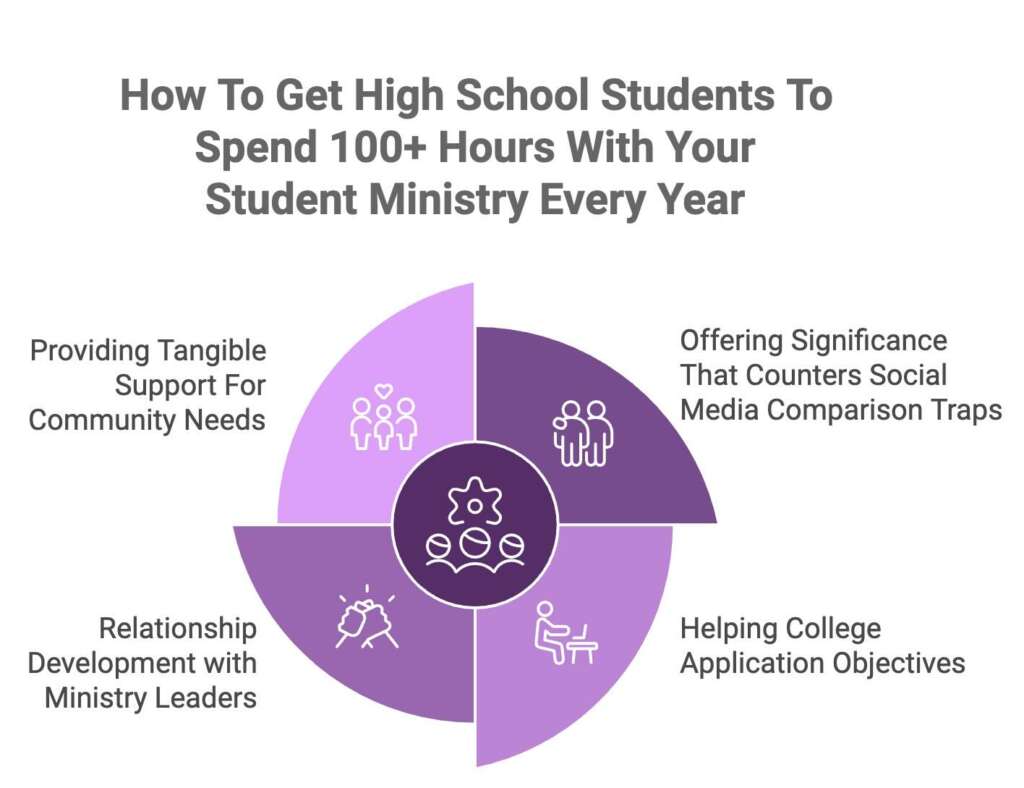
Think of the venn diagram – social dynamics of contemporary youth culture, often characterized by online interactions and virtual relationships, have left many students craving authentic, face-to-face connections. Volunteer work provides a unique platform for students to meet like-minded peers, forge new friendships, and develop social skills in diverse environments. These experiences can be particularly valuable for students who may struggle to find their place within traditional school social circles. And then think about the sweet spot for churches — facilitating life-serving relationships and community. And then think about all of the real felt needs in your community that often times just need a pair of helping hands, presence and participation, and many times the basic consistency of showing up and showing others that they are seen and valued.
If you are thoughtfully engaging with youth already, you’ll definitely see that in a world where teens spend an average of seven hours per day on screens for entertainment purposes, many of them are beginning to recognize the need for more fulfilling and impactful things in their life. Community service offers a powerful alternative to endless scrolling, allowing students to find meaning, purpose, and significance beyond the digital realm. By engaging in community service, young people can develop a sense of agency and empowerment, realizing their potential to effect positive change in the world around them. And it is a great environment to “show, not tell” about biblical worldviews of things like grace and love.
And just as important as all of the things I’ve mentioned is that if your leaders are seeing high school students 100-250 hours (or more!) throughout the year, think about the relationship development that undoubtedly will happen — earning the right to speak into their lives that can’t be manufactured with social media posts, emails, or even attendance for Sunday services only.
Nuts and Bolts of the PVSA
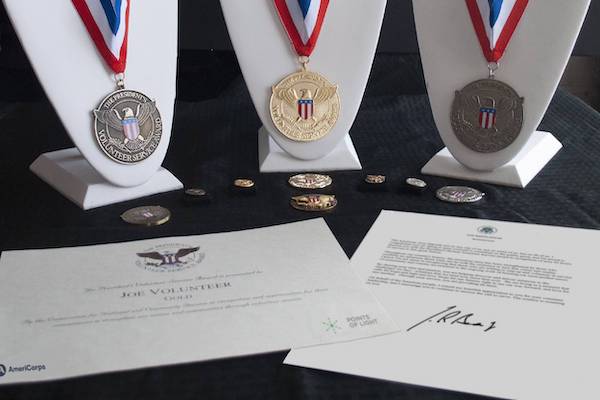
The PVSA recognizes individuals who have achieved a certain number of volunteer hours over a 12-month period. For young adults (ages 16-25), the award levels are:
- Bronze: 100-174 hours
- Silver: 175-249 hours
- Gold: 250+ hours
When all the volunteer hours are certified and submitted, the student will receive a personalized certificate, a letter from the President, and a medal to recognize their work.
Structuring Church Programs for Youth Engagement
To help students reach these hour thresholds and earn the PVSA, consider implementing the following strategies:
- Regular Service Opportunities: Establish weekly or bi-weekly volunteer events that students can easily plug into. This consistency allows them to accumulate hours steadily throughout the year.
- Variety of Service Projects: Offer diverse volunteer opportunities to cater to different interests and skills. This could include:
- Food bank assistance
- Elderly care visits
- Environmental clean-up projects for schools, nursing homes, and other community organizations
- Tutoring programs
- Homeless shelter support
- Mentoring disadvantaged elementary school-aged children
- Talent shows and performances for hospitals, assisted living homes, etc.
- Easy Sign-Up Process: Implement a user-friendly online system for students to register for events and track their hours.
- Friend Invitation System: Encourage students to bring friends by offering “buddy bonuses” or group recognition for introducing new volunteers.
- Leadership Roles: Create leadership positions for experienced student volunteers, allowing them to coordinate events and mentor newer participants.
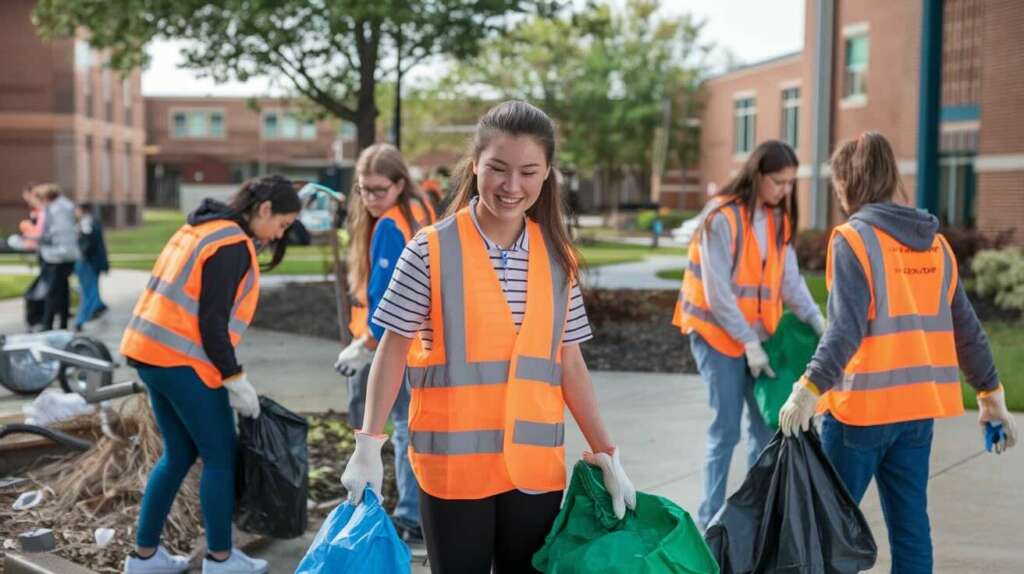
Benefits for Students
By structuring your volunteer programs with the PVSA in mind, you offer students:
- A tangible goal to work towards (PVSA recognition)
- Consistent opportunities to accumulate volunteer hours
- Diverse experiences to list on college applications
- Leadership and organizational skills development
- A sense of community and purpose that can’t be built with Sunday services
Implementing the Program at your Church
- Become a Certifying Organization: Register your church as a Certifying Organization for the PVSA to officially verify and submit student volunteer hours.
- Promote the Program: Highlight the PVSA and its benefits during youth services, on social media, and in church newsletters.
- Track Progress: Most ChMS platforms are perfect for this with attendance tracking, profile notes,f forms (can be completed every time they serve), etc. Regularly update students on their accumulated hours and recognize milestones towards PVSA levels.
- Celebrate Achievements: Host an annual ceremony to award PVSA recipients and celebrate all volunteers’ contributions.
- Community Partnerships: Collaborate with local organizations to expand volunteer opportunities and increase community impact.
Further Thoughts
By leveraging the PVSA as a central piece of your youth outreach and community service strategy, your church can create a robust volunteer program that attracts and retains high school students all year long. This not only helps students build impressive resumes and college applications but also instills a lifelong commitment to community service, builds relationships amongst peers, and with your own ministry leaders. Moreover, it strengthens the church’s role as a pillar of community engagement and youth development.
The PVSA is so valuable because it is already structured to give recognition for students’ dedication to service and encouraging sustained commitment to service. By highlighting the achievements of young volunteers, the award not only validates their efforts but also inspires others to follow suit, creating a ripple effect of community engagement and social responsibility.
Remember, the goal is not just for them to accumulate hours, but to foster a genuine passion for service and involvement, while building life-serving relationships (with them AND their families) with your team. By making volunteering accessible, enjoyable, and rewarding, your ministry can help shape the next generation of compassionate, engaged citizens who carry their faith into action well beyond their high school years. In doing so, you wil provide students with real alternatives to digital distractions, opportunities for genuine social connections, and avenues to discover their potential for making a positive impact in the world. Who can argue with that?
Let me know if you are considering putting the PVSA to work for your ministry and community. I’d love to hear about it!
